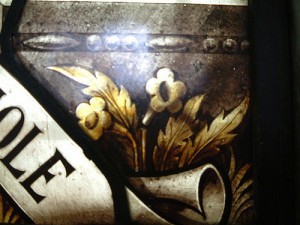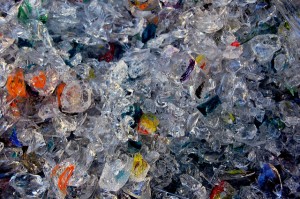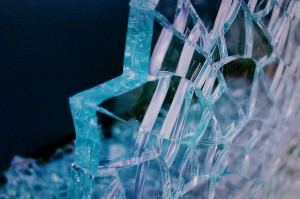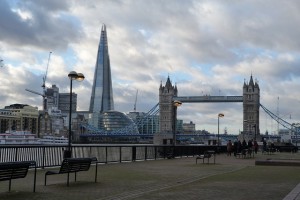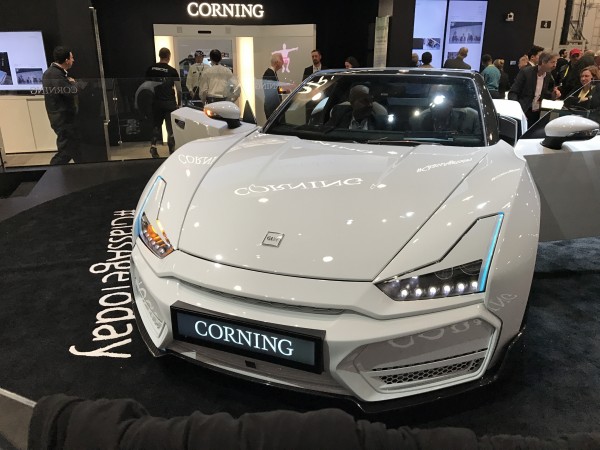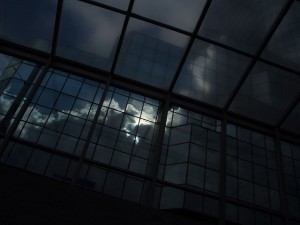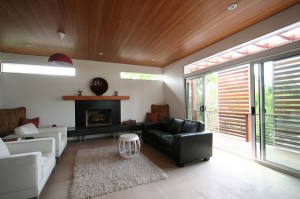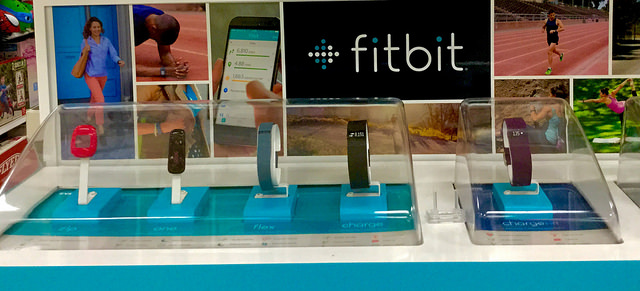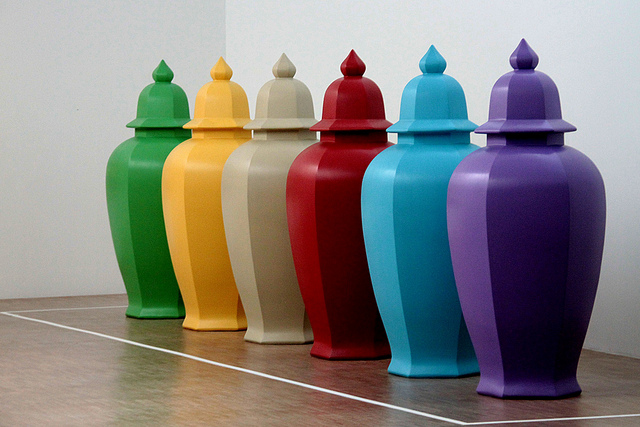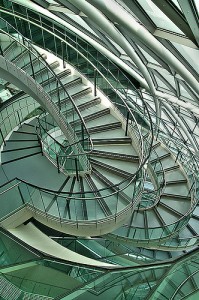Glass Furnace Closes in Portland
Uroboros Glass one of two Portland furnaces
Uroboros Glass is one of two glass furnaces in Portland at the center of an environmental debate about the safety of its emissions. Uroboros Glass and Bullseye Glass both came under fire after state and federal regulators determined that the companies were the sources of elevated levels of toxic heavy metals in and around their plants.
Bullseye Glass recently resumed full production at its furnace after an expensive filtration system was installed. The filtration system is designed to reduce emissions of heavy metals like arsenic, cadmium, chromium and lead – all of which are used in making stained glass. Following resumption of its full production schedule, Bullseye again is receiving scrutiny from federal and state regulators for unusually high levels of selenium in the air around the furnace.
The new filtration system at Bullseye Glass is known as a baghouse filter. The filtration system costs about $500,000 and Bullseye installed three baghouses, which use a number of strategies to collect particulate emissions. Baghouse filters can have a collection efficiency of as much as 99.9%. Because heating is part of the filtration process, the filtered air can be returned to the production facility to provide supplemental heat, if desired.
Initially, the glass furnaces thought they were exempt from state and federal emissions regulations, largely because state regulators assumed that the glass furnaces operated on a “batch” basis. In reality, the furnaces operated non-stop for long periods to meet consumer demands for stained glass.
Uroboros Glass has not yet named a closure date, but indicated on its Facebook page that the closure would take place in early 2017.
Painted glass is emerging as a potential replacement for stained glass. Painted glass often produces a greater range of colors than stained glass does. Glassprimer™ glass paint is designed to bond permanently to glass surfaces without additional heat curing. Once cured, Glassprimer™ glass paint will not chip, fade or peel, and provides exceptional UV resistance.
If you’d like more information about Glassprimer™ glass paint, please visit the rest of our website. If you’d like to purchase Glassprimer™ glass paint, please visit our online store .
Photo Credit: David Bilbo , via Flickr.com

